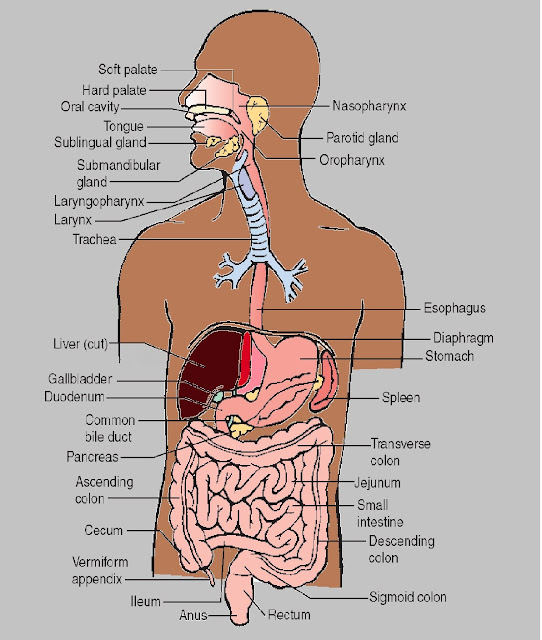Digestion In The Large Intestine - Info Dear

Digestion In The Large Intestine Large Intestine function:- The large intestine is the last part of the gastrointestinal tract. The large intestine is also called large bowel. The large intestine absorbs water from the remaining products of the food coming from the small intestine and the waste materials stored in a sac-like structure called rectum and then removed from the body through the anus. These waste materials are called feces. Digestion In The Large Intestine - Info Dear Large intestine length:- The large intestine is about 1.5 meters (5 feet) long and divided into three parts which are given below The large intestine consists of three parts:- Cecum Colon Rectum Cecum:- The caecum is a blind sac that projects from the large intestine between ileum and colon. From the blind end of the caecum, these arise finger-like s...




